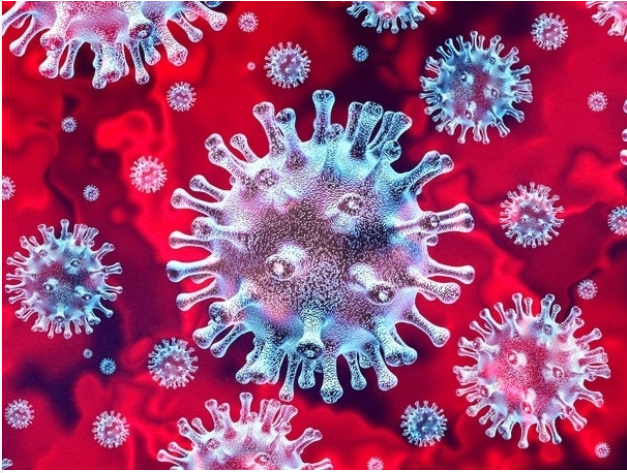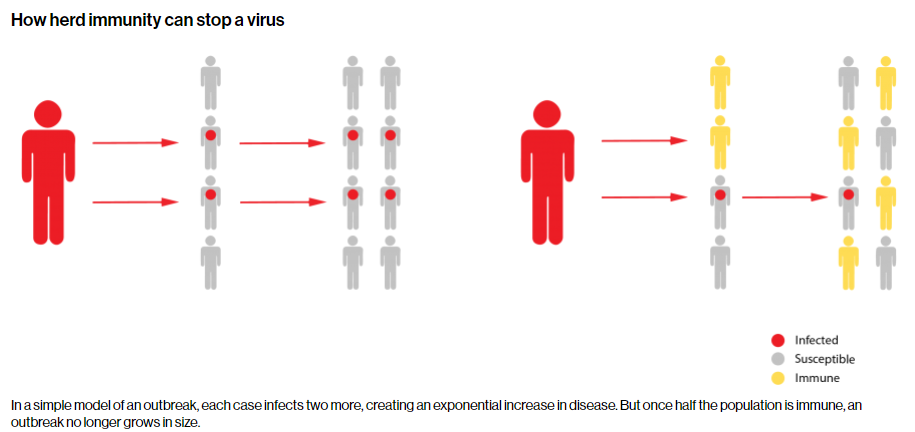How can the food industry be a model to safely restarting the economy
By Gideon Eden, Ph.D.
 A few days ago, I published an article titled “Can the food industry be a predictive model and provide vision to the economic recovery from the Corona epidemic in the US and the world” regarding the role of the food industry in the economic recovery from the Corona epidemic. Since then, it became apparent to me that this role has much wider implications and consequences in providing further insight into the recovery of many other industries and even the economy as a whole.
A few days ago, I published an article titled “Can the food industry be a predictive model and provide vision to the economic recovery from the Corona epidemic in the US and the world” regarding the role of the food industry in the economic recovery from the Corona epidemic. Since then, it became apparent to me that this role has much wider implications and consequences in providing further insight into the recovery of many other industries and even the economy as a whole.
The food industry is not the sole entity that out of necessity had to stay open. Other essential services, primarily health care but also other emergency services, law enforcement, firefighters, transportation, and others, have been successfully operating as well. The food industry is unique only in the sense that it requires a specific infrastructure of numerous chain operations, from farms via food processing companies, packaging, trucking, and other types of transportation, to the supermarkets operating on “just on time” established procedures. Personally, I am wondering and admiring the smooth operations of the industry, but practically it is indeed a model of the required operations to rescue the economy which will be essential in the US and worldwide.
As of today (April 3, 2020), the prevailing wisdom in the US and in many other parts of the world is the “social distancing” strategy while keeping all the nonessential businesses closed. Many physicians and scientists believe and advocate that this strategy is absolutely required in order to “flatten the curve” of the number of infected people. This strategy may be essential in highly infected cities and counties in order to take care of patients effectively without crashing the health care institutions and facilities. But is this absolute strategy adequate for all places, or should there also be a consideration for other approaches as well?
Herd Immunity
Herd immunity (also called community immunity) occurs when a high percentage of the population is immune to an infecting disease, making the spread from person to person unlikely.

Image from Technology Review
If sufficient numbers of people get infected, recover, and become immune to the virus, the outbreak will eventually fizzle out on its own as the virus finds it harder and harder to find a susceptible host.
By now, many people are aware and understand this concept, but many may not realize its vast important role in the recovery from this pandemic. What we do know by now is that many people can be infected without severe health and life-threatening consequences, and it is assumed that these people are becoming immune to the disease once recovered, at least temporarily. For better or worse, these “lightly infected” and asymptomatic persons are still capable of infecting other people who are not totally isolated. This brings to mind a question that might be disturbing to some but may also suggest a different strategy. Is it possible that in places like Korea, most of the people acquired herd immunization, which is the reason for their success in flattening the curve and return to normality? I raise this question because I cannot otherwise explain why Korean people are not experiencing a new wave of infection right now. If Korean people were really totally isolated in their homes they would have been infected once going outdoors and encountering others who were still infected, consequently generating a secondary infection wave. There is no compelling evidence that the Korean population kept religiously social distancing. Its government either considered or implemented smart phone survillance to track violators. Is it also a possibility that their worn face masks were a blessing in disguise, by being only partially effective in protecting the population from rapid exposure, but otherwise slowly exposing them to allow the herd immunization process to take place?
Observing the situation at several places in the US (California minus LA, Washington State), we find a mild increase of infections due to the early isolation measures followed by a relatively flat curve. It looks that slow herd immunization did take in these locations since most people have not been perfectly isolated. Even if the herd immunization process does take place, the process, unfortunately, is by no means fast enough and will require a long time to establish a sufficient number of immunized people or until an effective vaccine is developed and introduced. Unfortunately, this is the time that we may not have. Everybody agrees that any vaccine introduction will take at least one year and more probably one and a half years. Can we and the economy survive in this reality for long? And what if the developed vaccine is only partially effective, as was the case with developed flu vaccines in several past seasons?
Today it is expected that a serological test is imminent, a test that shows if a person has been infected and is probably immune. It can indicate to people if they are less likely to re-acquire the disease and whether they may be able to get back to work safely, helping themselves and society. In locations not heavily infected, a gradual strategy of returning to work WHILE STILL PRACTICING SOCIAL DISTANCING AT THE WORKING FACILITY may be implemented. It should also require a fast reaction to newly infected cases utilizing the rapid testing developed by Abbot (and others). By treating and isolating new infection cases, we may be able to supplement and accelerate the herd immunization process with minimal increase of newly infected people. The food industry, the farmers, food processors, the trucking industry, and other delivery entities are showing us day by day that this strategy is indeed working. If applied wisely, it can turn things around in due time.
It is high time to put together a powerful taskforce, composed of scientists, epidemiologists, economists, and other brilliant minds that shall devise and implement out of the box strategies to put America back to work. Our immediate action or inaction will determine the destiny of the nation for generations.
We shall overcome
